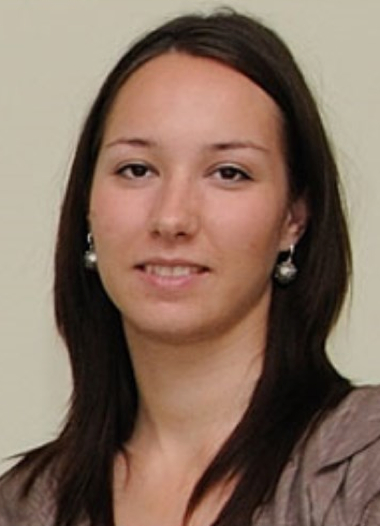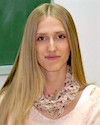Poštovani,
pozivamo Vas na predavanje koje organizira Odjel za elektromagnetsku kompatibilnost (EMC27) Hrvatske sekcije IEEE:
"Gaseous Radiation Detectors: Fundamentals and applications"
koje će održati Susete Fetal, PhD, Polytechnic Institute of Coimbra, Department of Physics and Mathematics from the College of Engineering (ISEC) from Polytechnic Institute of Coimbra (IPC) .
Predavanje će se održati na engleskom jeziku u utorak, 28. svibnja 2024. od 12:00 do 13:00 h u Velikoj vijećnici Fakulteta elektrotehnike, strojarstva i brodogradnje, u Splitu.
Događaj je objavljen i na portalu IEEE vTools Events, a sažetak predavanja i životopis predavača nalaze se u nastavku obavijesti.
Abstract:
Gaseous radiation detectors are critical tools in various fields, including nuclear physics, astrophysics, and medical imaging. They operate by detecting ionizing particles through their interaction with a gas medium. The main applications of gaseous detectors will be outlined, pointing out their advantages and limitations. In particular, a trace chamber with a triple GEM - Gas Electron Multiplier and a detector with RPCs - Resistive Plate Chambers for PET - Positron Emission Tomography will be presented.
Biography:
Susete Fetal holds a Physics PhD (2011), an Instrumentation and Microelectronics MSc (2002) and a Physical Engineering Degree (1999) from the University of Coimbra. She is Assistant Professor at Polytechnic Institute of Coimbra, Department of Physics and Mathematics from the College of Engineering (ISEC) from Polytechnic Institute of Coimbra (IPC), teaching BSc and MSc students in Engineering, since 2003. Susete was President of the Physics and Mathematics Department (2017-2019) and is President of the Scientific Area of Physics, since 2020. She was member of IPC´s general council (2020), ISEC’s pedagogical council (2008-2010 and 2018-2020), ISEC´s Biomedical Engineering Course Committee (2008-2010) and ISEC´s Electromechanical Engineering Course Committee (2011-2022). She is a researcher at the Instrumentation and Experimental Particle Physics Laboratory (LIP). Her research activity focuses, mostly, on instrumentation for radiation detectors, developing new gaseous detectors with Gas Electron Multipliers or Resistive Plate Chambers, with emphasis on biomedical applications. She is coauthor of several international publications. She has participated in several R&D projects in the fields of radiation detectors imaging and scintillation, neutron detectors and high-resolution positron emission tomography with resistive plate chambers detectors.


